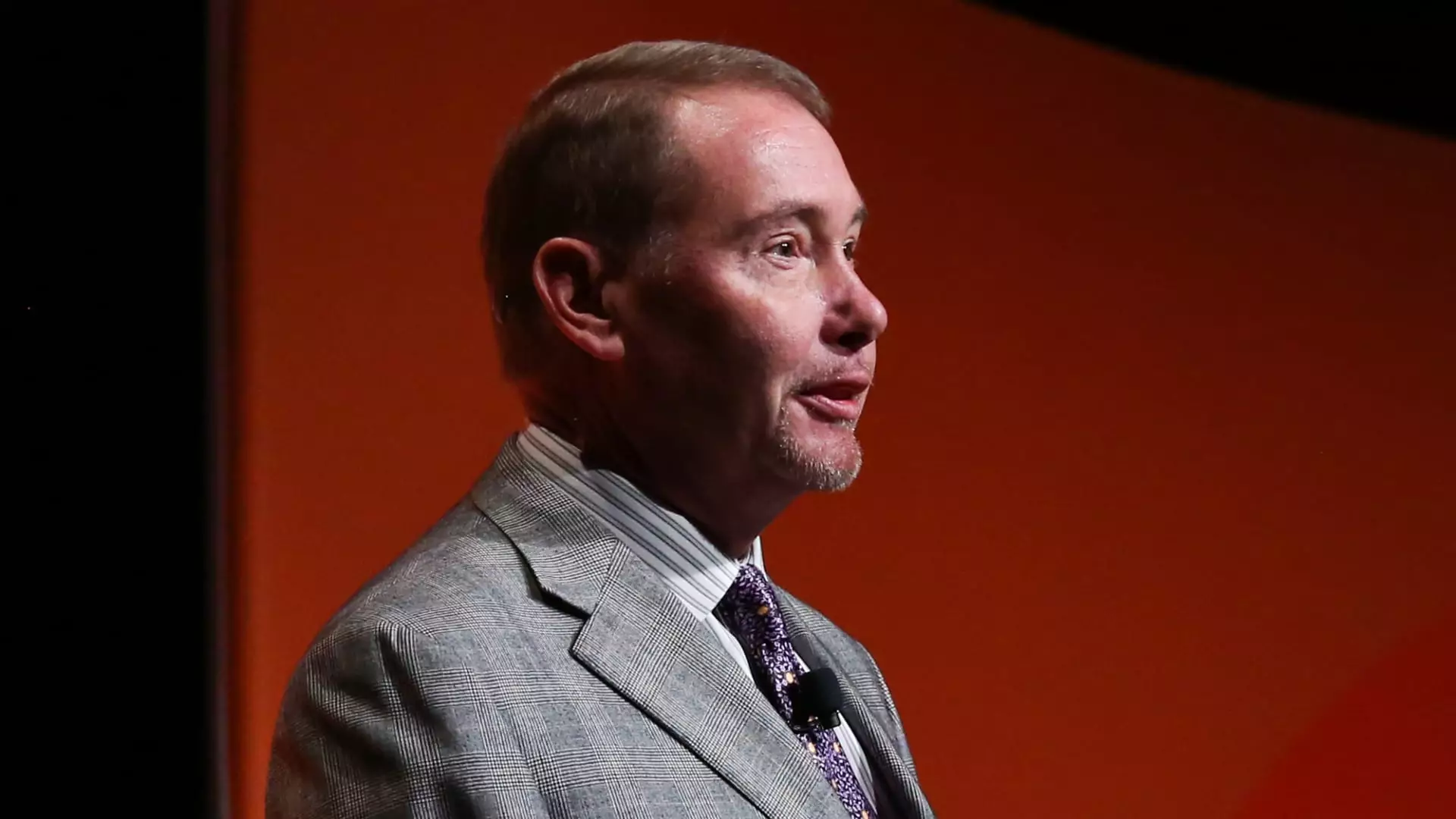Jeffrey Gundlach, the CEO of DoubleLine Capital, has recently expressed concern over the Federal Reserve’s approach to managing inflation and monetary policy. In an investor webcast, he likened the Fed’s operations to that of Mr. Magoo—clumsy and short-sighted. This metaphor highlights Gundlach’s belief that the Fed is not fully grasping the broader economic landscape. Instead, he argues that the Fed has become overly fixated on immediate data trends rather than adopting a more strategic, long-term perspective. His comments come at a particularly volatile time, as the central bank prepares for the latest consumer price index (CPI) report, a key indicator of inflation.
The CPI data presented a mixed picture. With a month-over-month increase of 0.4%, the annual inflation rate settled at 2.9%. While these figures, especially when the core CPI is considered, fell somewhat in line with market expectations, they nevertheless underscore the persistent inflationary pressures that challenge the Fed’s target of 2%. Gundlach’s critique highlights the Fed’s zig-zagging response to CPI fluctuations—reactive rather than proactive. Given this volatility, market sentiment shifted from expectations of an aggressive series of rate cuts to a more tempered outlook, with predictions indicating only one rate cut in 2025.
Gundlach’s insistence that the Fed is slipping into a pattern of short-termism raises significant concerns about the implications for broader economic stability. Continuous reactive policymaking can lead to an unstable financial environment—one where decisions are made in haste, potentially exacerbating economic fluctuations rather than stabilizing them. The recent decision by the Federal Reserve to cut benchmark rates by a full percentage point since September indicates a willingness to respond to immediate economic challenges. However, the reduced forecast of only two rate cuts in 2025 suggests a recognition of the need for judicious policymaking.
Current futures pricing suggests a strong consensus that the Fed will maintain its current stance at the next meeting set for late January. Market expectations lean towards minimal adjustments, anticipating two quarter-point rate cuts throughout the year. Gundlach’s analysis suggests that this sentiment aligns the Fed’s policy actions with market behavior, reflecting a cautious approach. The Fed’s alignment with market projections speaks to a broader trend: a hesitance to drive significant policy changes amidst ongoing economic uncertainty.
Jeffrey Gundlach’s critique of the Federal Reserve presents a compelling argument for a shift in focus. As the central bank grapples with inflation, the risk of an over-reliance on short-term data can undermine long-term economic health. The pathway forward necessitates a more holistic approach that considers not just immediate indicators but captures the larger economic narrative. Only through strategic foresight can the Federal Reserve hope to navigate the complexities of today’s financial landscape and achieve sustainable economic growth.

